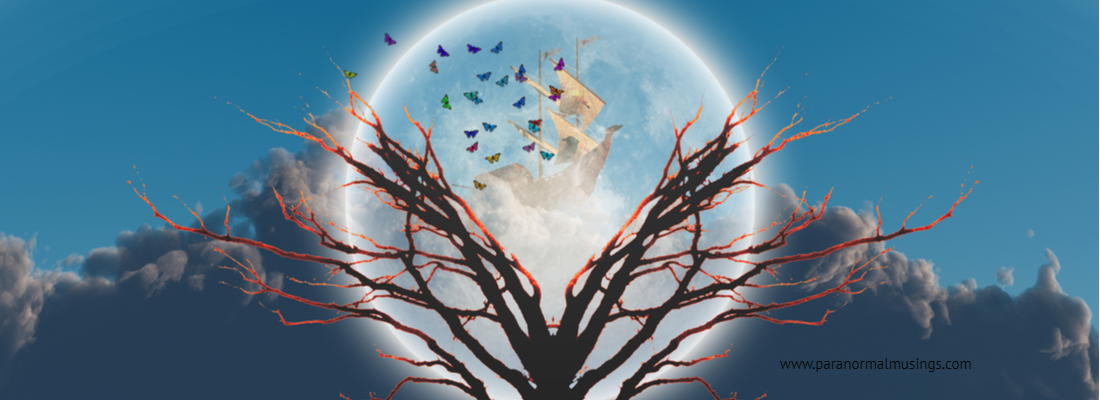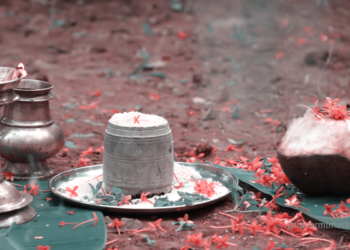There are different schools of thought on the soul’s journey after separation from the body. Let’s discuss how different faiths perceive the journey of Soul after Death
Christians believe in the concept of heaven and hell. Based on one’s virtues or vices, they are deported to either heaven or hell. Heaven is the abode for good, whereas hell is the abode for evil. They either receive a reward or punishment accordingly.
The Parsees of the followers of Zoroaster believe that once the soul departs, it either meets a beautiful maiden or an ugly witch, depending on the actions and conduct of living. These are effectively the consciousness of the individuals questioning the acts they have performed during their time on earth. Accordingly, they are allowed to meet the preceptor Ahuramazda.
Teachings from the Bhagavad Gita on Soul after death
The Bhagavad Gita, the song of god, the dialogue between Lord Krishna and Arjuna, one of the important Hindu scriptures, speaks about the nature of life, soul, death, afterlife and whether there is a deeper meaning and reality. Through the dialogue, Lord Krishna summarizes the Hindu idea of rebirth, samsara, eternal soul in each person (Self), universal soul present in everyone, various types of yoga, the divinity within and the nature of Self-knowledge. Bhagavan explains the technique of watching the tip of one’s nose to stay focussed. He explains to remain anchored in the process of inhalation and exhalation is a way to tide over Avidya.
Staying focused within ourselves, not looking beyond one’s nose, helps internalize all the sense perceptions. Essentially the breath serves as a rein to hold the horses of sense perceptions at bay. Pratyahara is the withdrawal of the senses and cuts the cord of desires.
Verse from Chapter 4 of the Gita
apāne juhvati prāṇaṁ prāṇe ’pānaṁ tathāpare
prāṇāpāna-gatī ruddhvā prāṇāyāma-parāyaṇāḥ
apare niyatāhārāḥ prāṇān prāṇeṣhu juhvati
sarve ’pyete yajña-vido yajña-kṣhapita-kalmaṣhāḥ
Others offer as sacrifice the outgoing breath in the incoming and the incoming in the outgoing, restraining the courses of the outgoing and the incoming breaths, solely absorbed in the restraint of the breath.
People perform these various kinds of austerities for purification. It is the desire for gratification of the senses and the mind, leading to the heart becoming impure. All these austerities aim to curtail the natural propensity of the senses and mind to seek pleasure in material objects. When you perform these austerities as a sacrifice to the Supreme, they result in the purification of the heart, This would indeed help the Soul after Death.
The thought-forms at death also matter significantly to the Soul after Death. The constant practice of focusing the mind on the Lord’s name will automatically make an individual think of the Lord at the time of death. Although engaged in worldly pursuits, chanting and reciting the name of the Lord can cleanse an individual of his karmic imprints. A sinner can become a saint.
The Bhagavad Gita or Song Of God is a complete treatise on the different aspects of life and living.
“The embodied soul is eternal in existence, indestructible, and infinite; only the material body is factually perishable.”
“The wise grieve neither for the living nor for the dead. There was never a time when you and I and all the kings gathered here have not existed, and nor will there be a time when we will cease to exist.”
“As the soul experiences in this body childhood, youth, and old age, so also it acquires another body; the sage in this is not deluded.”
“He who is free from worldly expectations, who is pure in body and mind, who is ever ready to work, who remains unconcerned with and unafflicted by the circumstances, who has forsaken all ego initiated desireful undertakings-he is my devotee dear to Me.-Bhagavad Gita 12:16
Teachings from the Yogavasistha
Yogavasistha, explains that three types of human beings go through life and face death in different ways according to their conduct of living
1.The ignorant or deluded
2.One who practices yoga and meditation –
3.The yogis
According to an individual’s consciousness, he may either go through a painful or peaceful death, depending on his reservoir of virtues.
Man and Individuality
The quality or character of a person that distinguishes them from others of the same kind refers to individuality. Each person has his or her own identity and personality traits. The socialization process and the environment influence these. Based on our conditioning, upbringing and exposure, our egos are formed and boosted accordingly. We develop attachments, associations and aversions.
The letter “I” is complete to the extent it refers to a particular person. I suffixed with adverbs, nouns, and adjectives that take the form of a human personality or being.
For example
I am a man, I am a professor, I am rich, I am friendly, I am thin.
The human body and form perish in death, but the spirit or consciousness continues in its formless state.
All through life man works on the individual I and keeps building and pampering his ego. The ego, which is synonymous with the mind, pushes and prods an individual to stay trapped and entangled in worldly matters. Only during times of difficulty and suffering does he realize that there has to be more to life than being caught in the rat race. He then starts his journey on seeking. From reading spiritual books to attending different lectures, courses, and classes, he seeks solace for the disturbed mind. Karma plays a pivotal role here, as well. Based on his past life and previous birth experiences, an individual can works towards his evolution by understanding the nature of the mind.
This is no easy process as the mind will do all it can to keep the individual entrapped with sensory perceptions and desires. An individual has to be highly ardent in his sadhana. Continuously questioning his thoughts and staying intimate with his consciousness, man has to pursue till the sense of doership vanishes. Ultimately the mind, which is consciousness itself, resides in the heart and reaches a state of silence and stillness.
Once this clarity is attained, there is no going back. An individual goes through life, allowing the universe to function through him as he realises that consciousness is the only power that operates the universe.
















